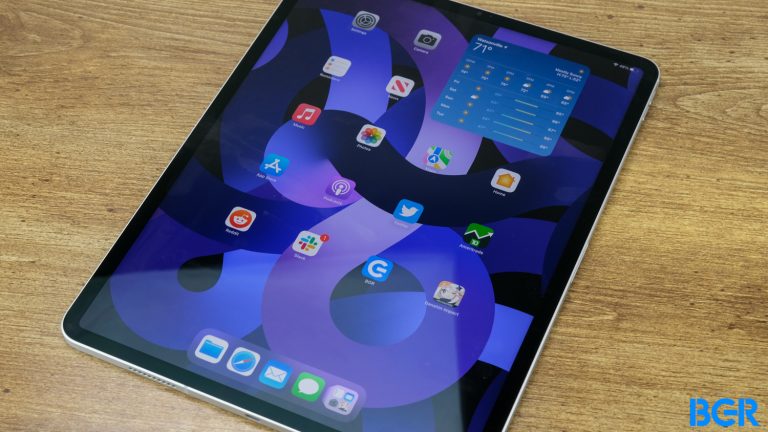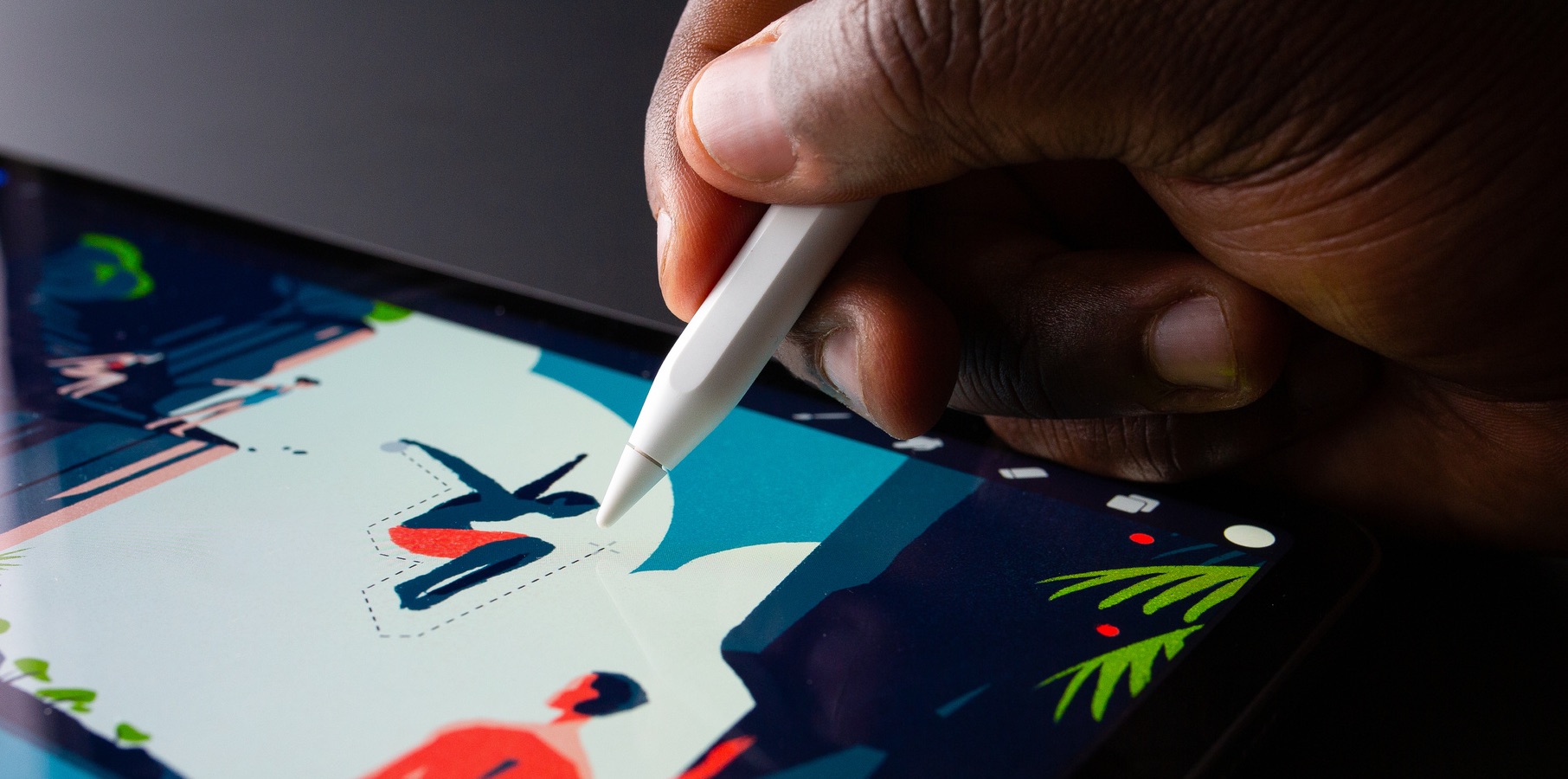Apple is heavily rumored to introduce a new iPad Pro with an OLED display at the May 7 event. While reports about the company ditching miniLED and LCD panels to OLED have been around for over a year now, this is finally happening.
The long-anticipated iPad Pro looks even more enticing by the day, with the latest reports suggesting Apple plans to add the M4 chip, a revamped Magic Keyboard, and a new Apple Pencil 3 with haptic feedback.
But why is everyone treating OLED as a huge game changer for the iPad Pro? BGR asked OTI Lumionics‘ VP, Jacky Qiu, about it. Although the company doesn’t disclaim its partners, it’s been reported that OTI has been working with Samsung and Apple to introduce an under-display technology to embed Face ID components into the panel. That said, the firm can give us great hints at why this change is so exciting.
Here’s why OLED is such a big deal for the iPad
The main reason Apple is ditching LCD and miniLED panels for OLED is more straightforward than we thought. “The industry thinks mini-LED-based LCDs are an expensive system that needs a lot of individual LEDs to achieve local dimming. OLED-based tablet displays are cheaper in terms of economies of scale, and mini-LED displays have a less sexy form factor than OLED displays because they are thicker and heavier. OLED displays are the king of performance,” says Qiu.
By changing the panel, Apple can improve some of the issues users have reported about previous models. Interestingly enough, a CAD file leak reiterates that.
But more than that, Apple will offer an OLED display that’s even better than the one available on the iPhone. Several reports have mentioned a two-tandem stack technology planned for the iPad, but what does that even mean? OTI Lumionics’ VP explains why this is such an important change:
“When it comes to tandem vs. regular displays, tandem structures offer higher brightness because they are like two OLED pixels stacked one on top of another, and when driven, both emit at the same time. Theoretically, you can get double the amount of light out in the pixel. Tandem also offers a longer display panel lifestyle due to the tandem structure requiring less current to get to the same operating brightness, enhancing the lifetime.”
Qiu says, “If consumers are satisfied with the iPhone’s regular OLED display lifetime, they will be excited about the lifetime of the OLED iPad Pro.” He also mentions other real benefits users will notice:
- Perfect Black
- Infinite contrast
- Lower weight
- Thinner
- Best-in-class display performance
- Similar performance to miniLED regarding HDR, color, brightness, and power.
For Apple, the future looks even more enticing, as production of these panels will be less expensive. When Cupertino changes to the eight-generation OLED technology in a couple of years, its upcoming displays will look even better and more accessible to manufacture.
OLED seems to have won the display war, as miniLED and microLED are pushed back

While OLED was once thought of as a technology we should be afraid of due to burn-in issues, and it would eventually be replaced by miniLED and microLED, it seems the market is going in the opposite direction.
Recent reports show that key microLED supplier OSRAM AMS lost a major partner. Bloomberg suggests it might have been Apple, as the company shut down its in-house microLED development. On the other hand, Qiu says that “OLED has been consistently improving by 5-10% each year in terms of efficiency, lifetime and brightness, thus further diminishing any potential advantage micro-LED has over OLED technology.”
Although it’s important to highlight that OTI Lumionics focuses on OLED solutions, even display analyst Ross Young seems to back up this industry change, as more panel makers focus on improving their OLED rather than on new display technologies.
With the new iPad Pro just a week away from being announced, there’s even more we could be excited about now. Below, we can learn everything we know about this long-anticipated tablet.

